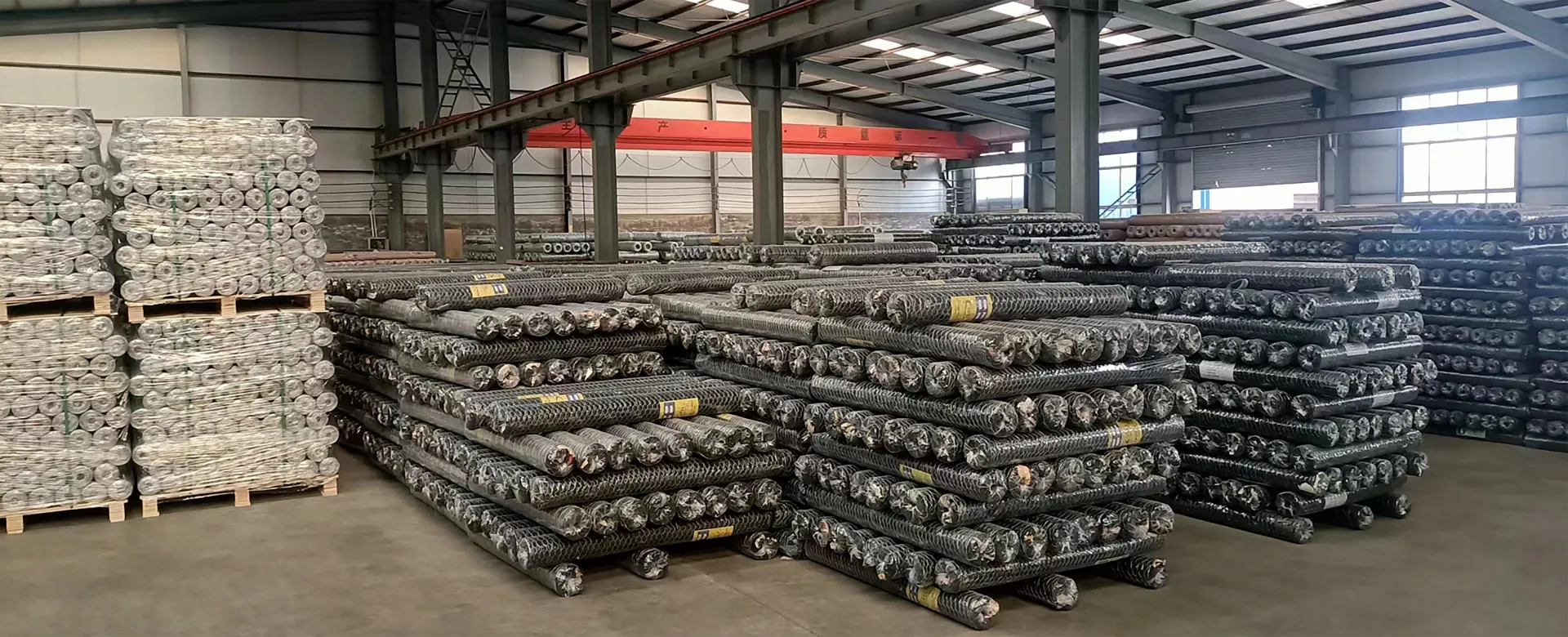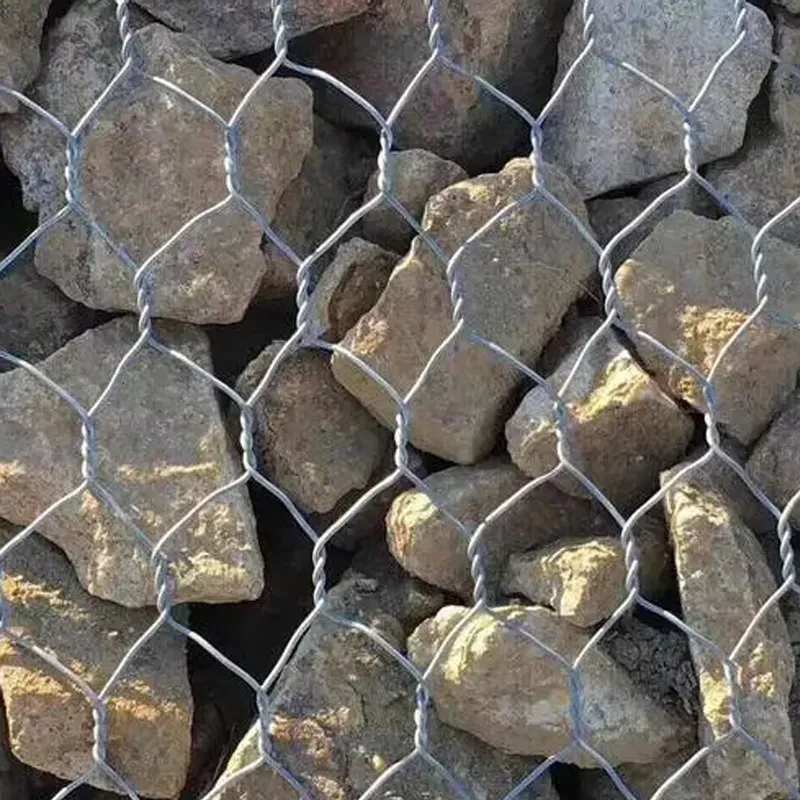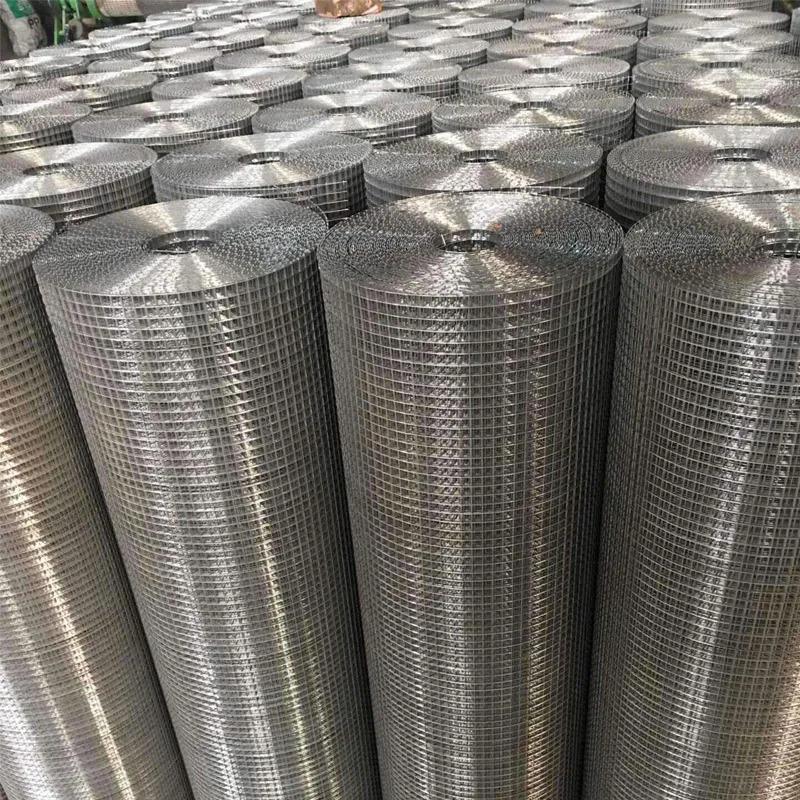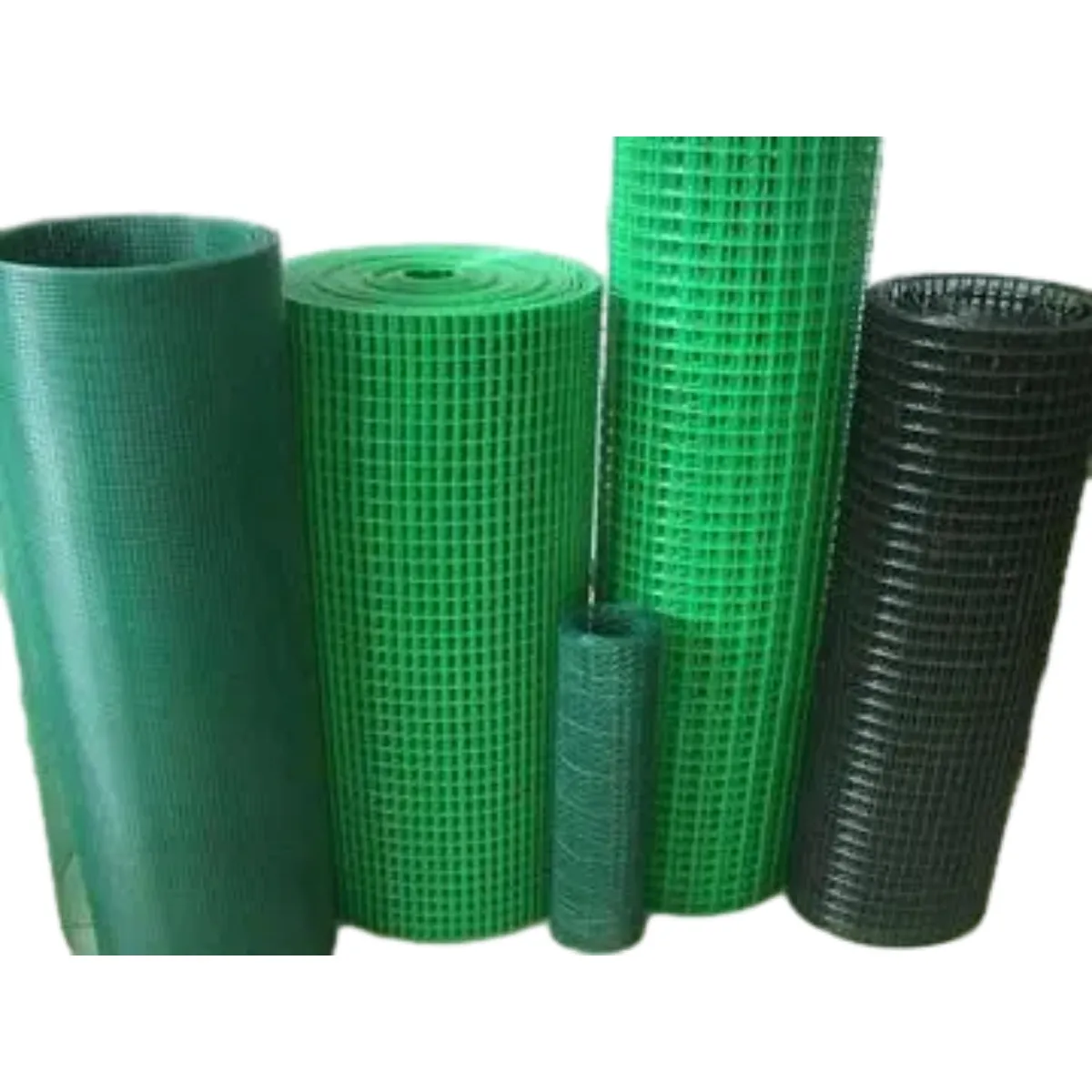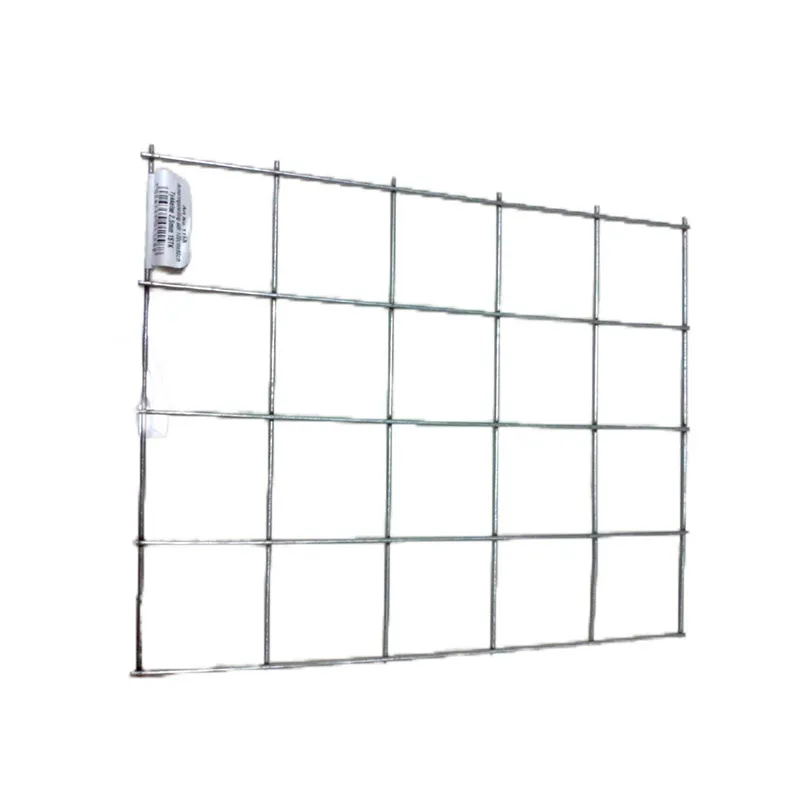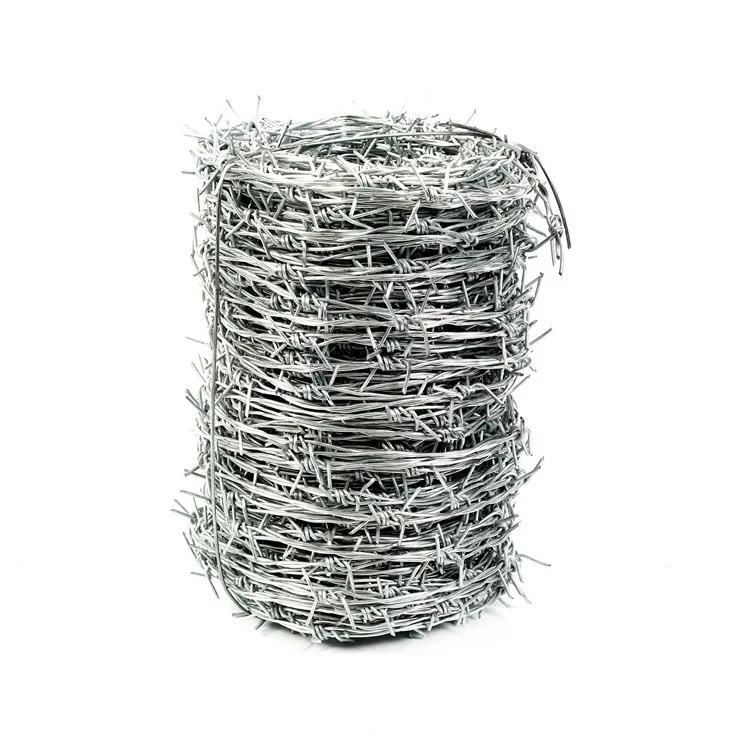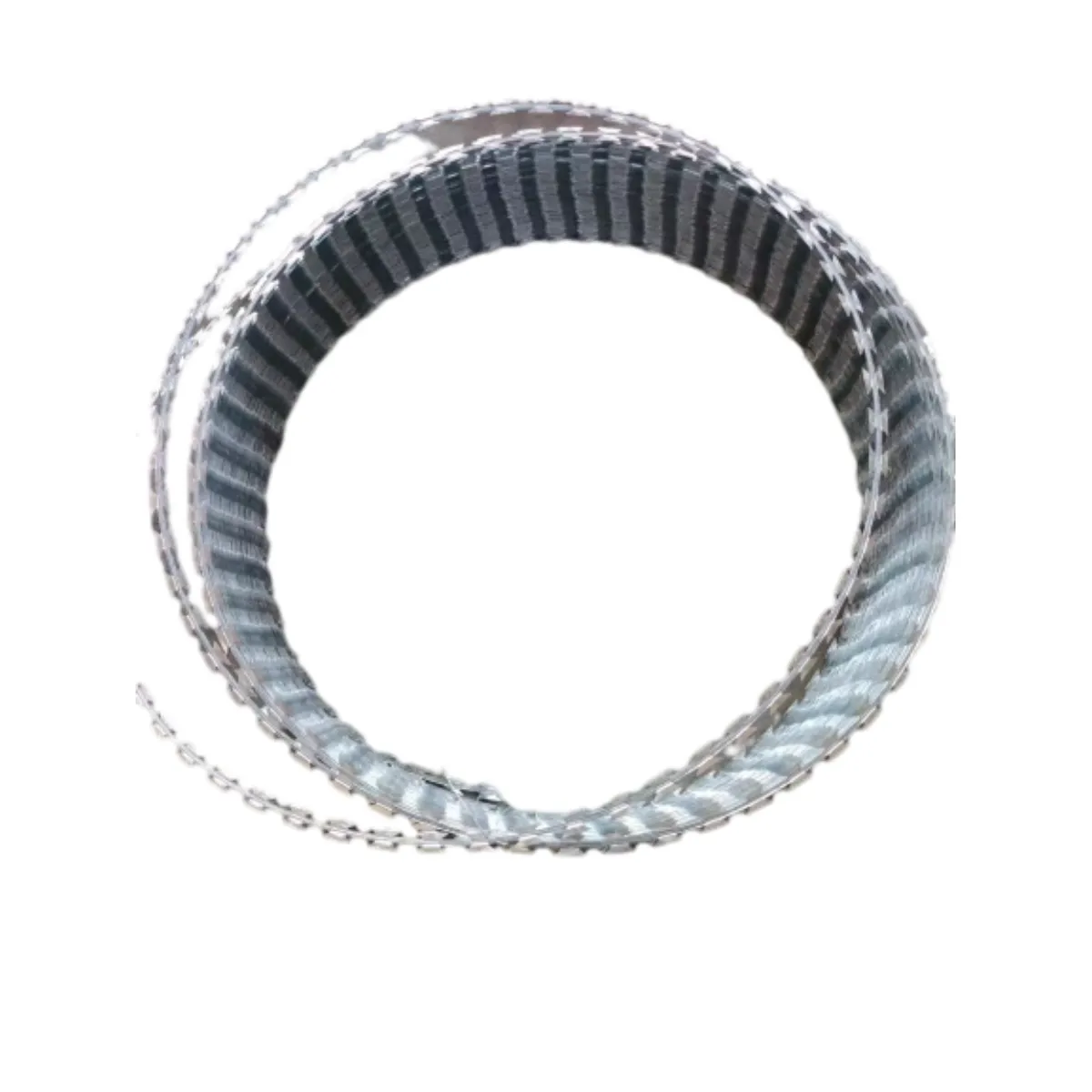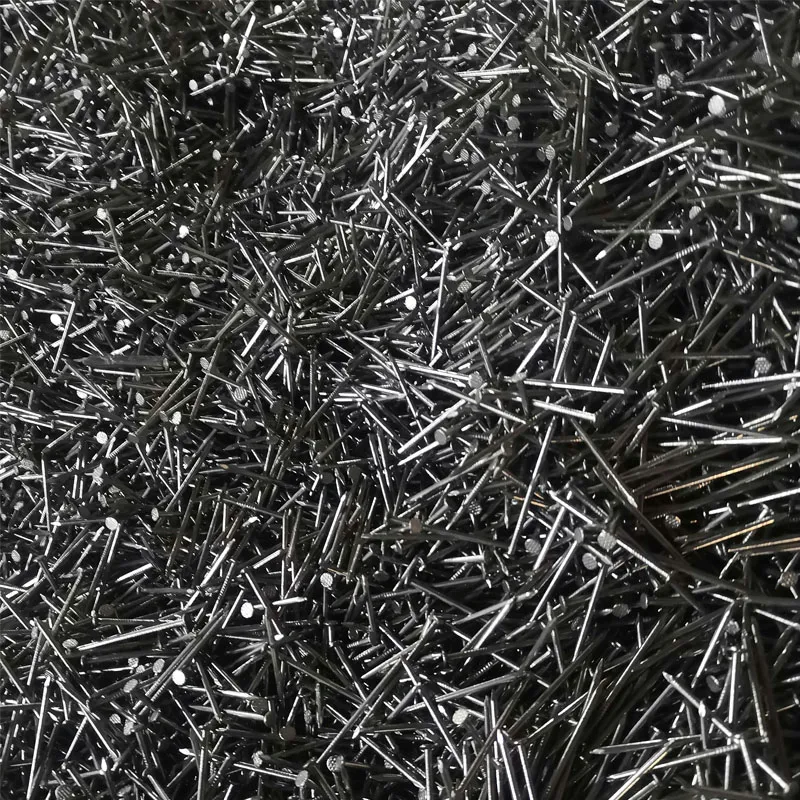Jul . 25, 2024 13:09 Back to list
Constructing Strong Foundations with the Right Techniques and Tools for Building Nails Effectively
Building Nails A Comprehensive Guide
When discussing the world of construction and woodworking, one often overlooks the humble yet essential component known as nails. Among various fasteners, nails play a pivotal role in ensuring durability, stability, and integrity in structures. This article delves into the significance of building nails, exploring their types, uses, and the essential considerations for choosing the right nail for your project.
The Types of Building Nails
Building nails come in various types, each designed for specific applications
. Here are some of the most common1. Common Nails These are the most widely used nails in construction. They have a thick shank and a flat head, making them ideal for framing, sheathing, and other heavy-duty tasks. Common nails are excellent for projects requiring strength and stability.
2. Finish Nails With a smaller head and thinner shank, finish nails are used in applications where aesthetics are important. They are commonly utilized in trim work, cabinetry, and furniture. The small head allows for a cleaner finish since it can be driven slightly below the wood surface and filled, making it less visible.
3. Brad Nails Even thinner than finish nails, brad nails are used for lightweight applications such as attaching delicate moldings or small trim pieces. They are perfect for detail work in woodworking projects, as they minimize the risk of splitting the wood.
4. Concrete Nails Specifically designed for fastening wood to concrete or masonry, concrete nails have a hardened surface that allows them to penetrate tough materials. They are an essential tool in constructing decks, framing, and securing other structures in place.
5. Roofing Nails As the name suggests, these nails are used primarily for roofing applications. They feature a larger head to hold shingles more securely and are often coated to resist rusting, ensuring they provide long-term durability against outdoor elements.
Choosing the Right Nail
building nails

Selecting the appropriate nail for your building project is crucial. Here are some factors to consider
- Material Nails are typically made from steel, stainless steel, or galvanized steel. For outdoor projects or areas prone to moisture, it’s important to choose rust-resistant materials to prevent corrosion and ensure longevity.
- Size The length and gauge of the nail should match the thickness of the materials being used. A rule of thumb is to use a nail that is 2.5 times the thickness of the board you are fastening.
- Head Type The head of the nail influences its holding power and aesthetic appearance. Larger heads provide better holding strength, while smaller heads are better for finishing.
- Application Consider the specific requirements of your project. For instance, using finish nails for heavy framing will not provide the necessary strength, while common nails may be unsightly for finish work.
Application in Construction and Woodworking
Building nails are not just fasteners; they are fundamental to the construction process. Whether you’re erecting a house, building furniture, or making repairs, understanding the proper use and selection of nails can enhance the quality and durability of your work.
In addition to their practical applications, nails also enable creativity in design. Carpenters and builders can utilize various types of nails and techniques to achieve specific visual effects, ensuring that the final product meets both functional and aesthetic standards.
Conclusion
In the vast arena of construction and woodworking, building nails remain indispensable. Their diverse types, fine-tuned for specific applications, showcase their integral role in ensuring structural integrity and aesthetic appeal. By understanding the characteristics of different nails and applying this knowledge in your projects, you can enhance not only the quality of your work but also its longevity. So next time you pick up a hammer, remember that the success of your project often hinges on the simple yet mighty nail.
-
Weather Resistance Properties of Quality Roofing Nails
NewsAug.01,2025
-
How Galvanised Iron Mesh Resists Corrosion in Harsh Environments
NewsAug.01,2025
-
Creative Landscaping Uses for PVC Coated Wire Mesh Panels
NewsAug.01,2025
-
Common Wire Nail Dimensions and Their Specific Applications
NewsAug.01,2025
-
Choosing the Right Welded Wire Sheets for Agricultural Fencing
NewsAug.01,2025
-
Anti - Climbing Features of Razor Wire Barriers
NewsAug.01,2025

